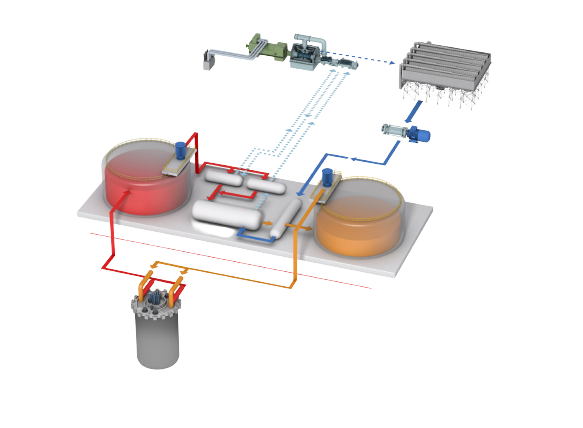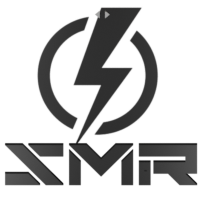About SMR
Small Modular Reactors
Small modular reactors (SMRs) are nuclear fission reactors that are smaller than conventional reactors. The term “small” in the context of SMRs refers to design power output.
Small modular reactors have a power output of less than 300 MWe. The term “modular” in the context of SMRs refers to its scalability and to the ability to fabricate major components of the nuclear steam supply system (NSSS) in a factory environment and then transported them to the site.
Key characteristics:
Modularity
Improved safety
Easier construction
See also: www.nuclear-power.com
TerraPower – Natrium
TerraPower and GE Hitachi Nuclear Energy developed the 345MWe natrium reactor with and gigawatt-hour-scale, molten salt energy storage. This unique combination will provide clean, flexible energy and stability, and integrate seamlessly into power grids with high penetrations of renewables.
The Natrium reactor uses advanced materials and manufacturing processes to enhance safety and reduce construction costs. It also features a molten salt energy storage system that can help to balance the grid and provide reliable, dispatchable power. The design includes passive safety features that rely on natural processes, such as gravity and convection, to cool the reactor in the event of an accident. The reactor’s modular design allows for simpler, more standardized construction and replication across multiple units.
The Natrium project was selected by the US Department of Energy (DOE) to receive cost-sharing funding through the Advanced Reactor Demonstration Program (ARDP). The project is expected to begin construction in the mid-2020s, with the first commercial deployment planned for the early 2030s.
Here are some characteristics of the Natrium reactor:
- Design: The Natrium reactor is a sodium-cooled fast reactor (SFR) that is designed to be a flexible and efficient energy source that can complement renewable energy sources and help to decarbonize the power sector.
- Size: The Natrium reactor is designed to have a power output of around 345 MW, with a scalable design that allows for the construction of multiple units.
- Safety: The Natrium reactor includes advanced passive safety features that rely on natural processes, such as gravity and convection, to cool the reactor in the event of an accident. The reactor also features advanced materials and manufacturing processes to enhance safety and reduce construction costs.
- Energy storage: The Natrium reactor includes a molten salt energy storage system that can help to balance the grid and provide reliable, dispatchable power. The energy storage system uses the excess heat generated by the reactor to store thermal energy, which can then be used to generate electricity during periods of high demand.
- Cost: The Natrium reactor has a modular design that allows for simpler, more standardized construction and replication across multiple units. The design also includes advanced materials and manufacturing processes to reduce construction costs and enhance safety.
- Deployment: The Natrium project was selected by the US Department of Energy (DOE) to receive cost-sharing funding through the Advanced Reactor Demonstration Program (ARDP). The project is expected to begin construction in the mid-2020s, with the first commercial deployment planned for the early 2030s. The Natrium reactor is intended to provide a reliable, flexible, and low-carbon energy source that can help to meet the growing demand for electricity while reducing greenhouse gas emissions.


